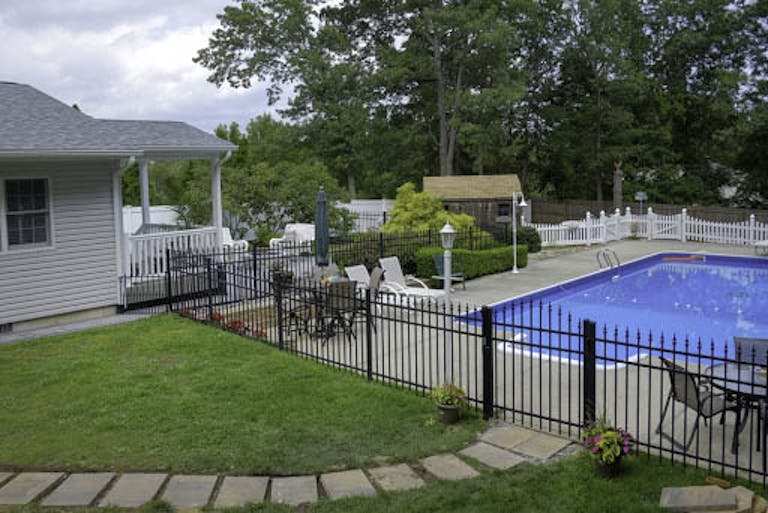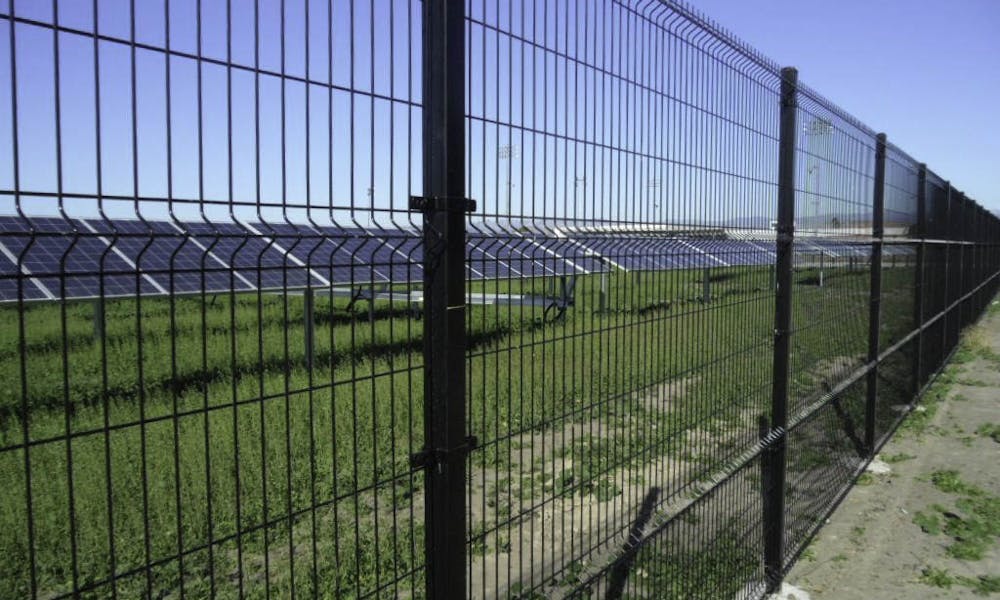
Pre vs Post Staining - Best Practices
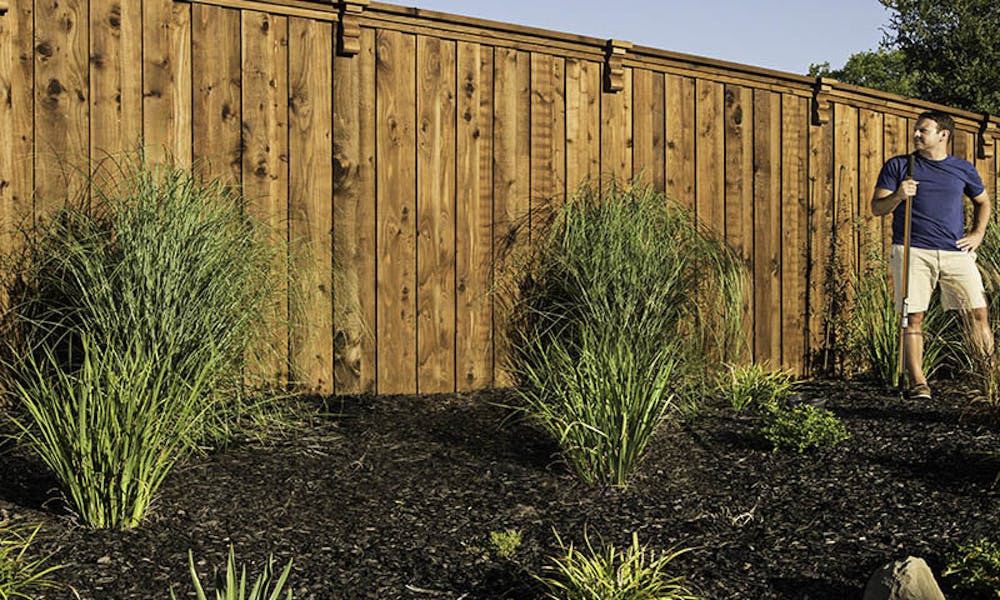
Adding a new fence to your home is an investment. While staining the fence can add to the overall cost of the fence, it is also essential to protect your fence. Not only does it enhance the natural beauty of your wood fence, but it also enhances its longevity. Proper staining creates a barrier that prevents moisture from doing damage to the wood. How often you need to paint or stain your fence is largely determined by the weather in your region.
1). Pre-Stain – Using pre-stained wood boards to build the fence
2.) After-Stain – When a contractor stains the fence after it has been built
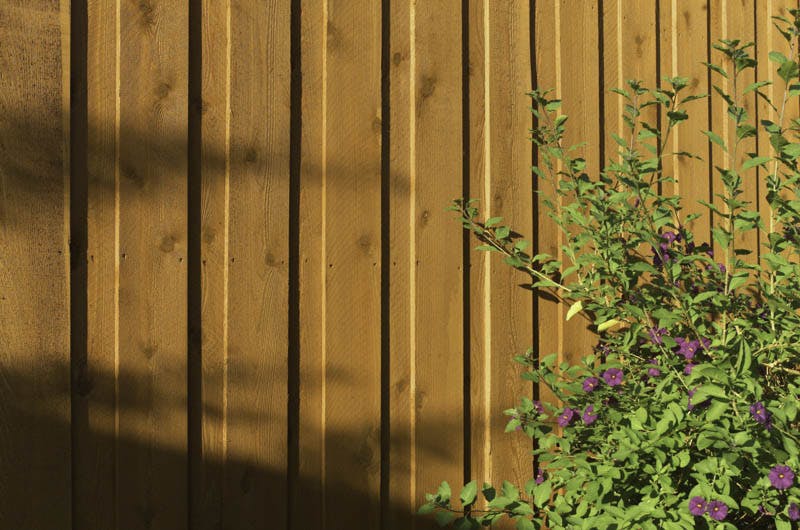
Pre-Stain
Pros:
- It is done before the fence is installed — Staining is done by the mill that harvested the wood for your fence. The mill stains the pickets, posts, and rails before packaging and shipping them to the distributor.
- Cleaner, no overspray — Since staining happens before the materials are shipped to you, you don’t have to worry about the mess that comes with do-it-yourself staining.
- The material is completely and evenly stained — The mill that produces the wood fences uses mechanical means to evenly apply the stain to the entire board and leave the materials to adequately dry before packaging. It also chooses the best stain for each wood type.
- The drying process is better — After staining, the wood undergoes a drying process that allows the stain to penetrate the wood. This helps to prevent streaking when subjected to rain or sprinklers after installation.
Cons:
- Color choice is limited.
- There might be an added cost on top of the initial cost of the wood.
- It may not be available locally.
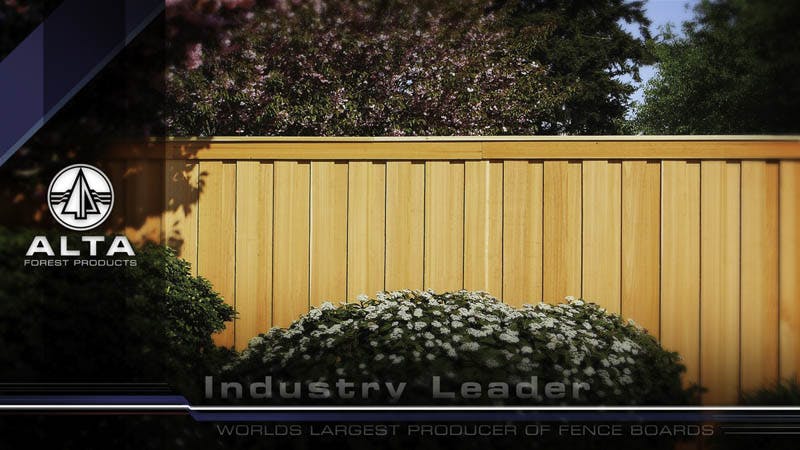
After-Stain
Pros:
- Wide color and stain type selection — Clients have total control over choosing the color and what type of stain to use on their fences. This is good if there are other factors that need to be considered when it comes time to install the fences, such as weather conditions and topography.
- Can be more cost-effective
Cons:
- You may have to hire another contractor
- You must wait or a few weeks after the fence is built to dry the fence material. This waiting period could be longer if it’s the rainy season
- Overspray can be an issue — During windy days, you could overspray your house, garden, and neighbors.
Overlapped sections cannot be stained well — If staining is done after the fence is put up, it can be difficult to get the stain into the nooks and crannies. An even application can be more difficult at this stage.
Recent Articles

